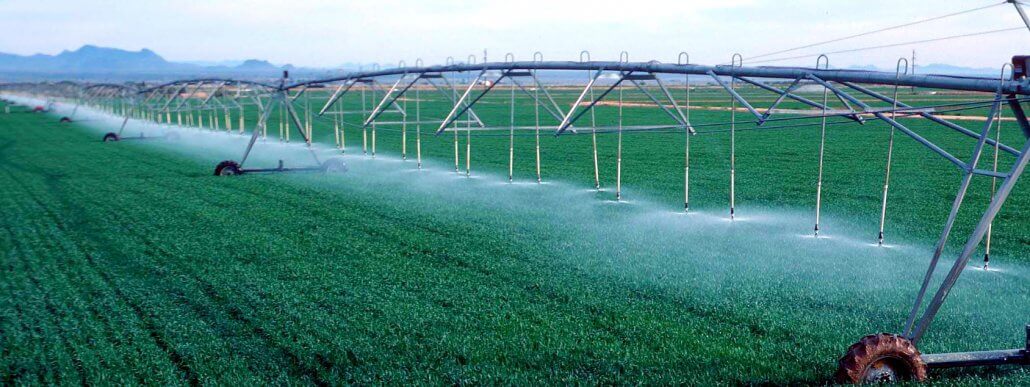The relationship between plants and water is delicate. Too little water can lead to plant stress, resulting in wilting. Too much can lead to risk of pathogen infection and loss of nutrients supporting the plant via leaching. Over-irrigation also incurs unnecessary irrigation costs. It is therefore important for farmers to establish the sweet spot of their farm. The sweet spot will vary from farm to farm, depending on the health of the soil. There is no one size fits all.
For generations, farmers have been practicing irrigation scheduling and management using indicators such as soil-based techniques, i.e. how the soil “feels”, or plant-based techniques, which are calculated according to the transpiration rate of the plant. The soil-based techniques are usually based on the dryness and wetness of the soil, ergo, if it feels too dry, irrigate; if it feels too wet, wait a couple of days. This conventional method is only effective with proper training and experience; and it is complex and time consuming.
Finding the sweet spot
Finding the sweet spot means considering these factors affecting water use efficiency: weather, plant, soil and management. Below, I have explained how each one of these aspects influences water use efficiency of a crop.
Weather
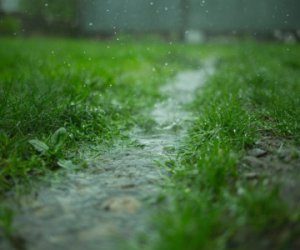
Weather refers to the state of the atmosphere at a place and time with regards to heat, cloudiness, dryness (humidity), sunshine, wind, rain, etc. These need to be taken into account when making plans to irrigate. For instance, high atmospheric humidity reduces the rate of water loss from the plant leaf, i.e. transpiration is halted; this process can be likened to osmosis. If there is high humidity, the plant will withhold its moisture in order not to over-saturate the atmosphere, whereas the opposite can occur on dry days where humidity levels are low.
Plant
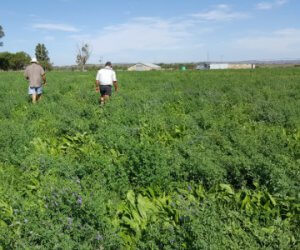
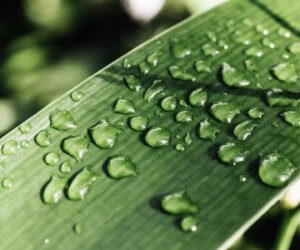
Different plants have different water requirements. Generalising water supply could be to the harm of one or other species, especially if there are multiple species in the cropping system. It is important to investigate each species requirement and make use of a weighted average.
Similarly, canopy characteristics, degree of surface cover and growth rate will have an impact especially on evaporation of water from the soil and from other plants in the crop mix. If one crop grows faster and establishes leaves faster, it could act as a shield from direct sunlight for the crops trailing behind. It is therefore important to take species diversity into account when scheduling irrigation.
Soil
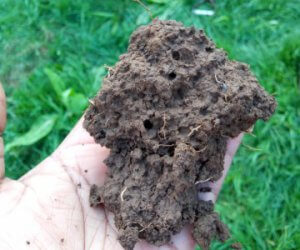
Soil is the most important. If it isn’t managed well, the above factors become null and void. Soil characteristics such as water holding capacity, infiltration rate, hydraulic conductivity and pore spaces play a significant role in water movement and storage dynamics of soil. If these are poor, the crop water use efficiency will be poor as well.
Water holding capacity is the amount of water each soil can hold and is influenced primarily by soil texture and organic matter. Infiltration rate measures the rate with which water enters the ground immediately after irrigation or rainfall. Hydraulic conductivity is the internal movement of water and is a measure of how fast the water is moving within the soil. It is usually expressed in mm/s.
The optimisation of these processes is highly dependent on the amount of organic matter in the soil. Amongst other things, organic matter is responsible for good pore spaces and drainage. The surface of organic matter has characteristics that attract and retain water molecules, therefore creating a twofold benefit to soil water movement and storage.
There is no one size fits all: Find the balance
All the above-mentioned factors are very important and should be considered when making decisions about irrigation. This is not an either-or situation; none of these elements can give you the ability to make inferences about the other. A farmer must make an assessment on a camp-to-camp basis and figure out which levers to pull on that camp in order to improve its response to water application. This is where the management aspect is so important. A farmer that can find their sweet spot will save water and grow healthy crops.
Extra reading
Improved irrigation efficiency
Can technology help to improve the efficiency of irrigation?
- The management of soils with excessive sodium and magnesium levels - 2023-06-12
- Understanding evapotranspiration better - 2021-10-18
- Soil fungi connections - 2021-09-28

